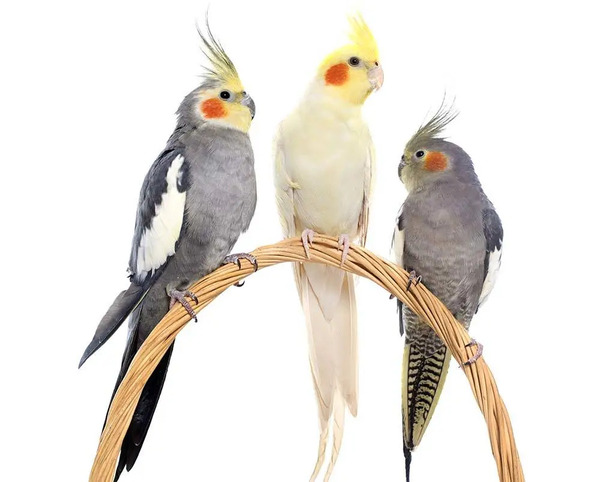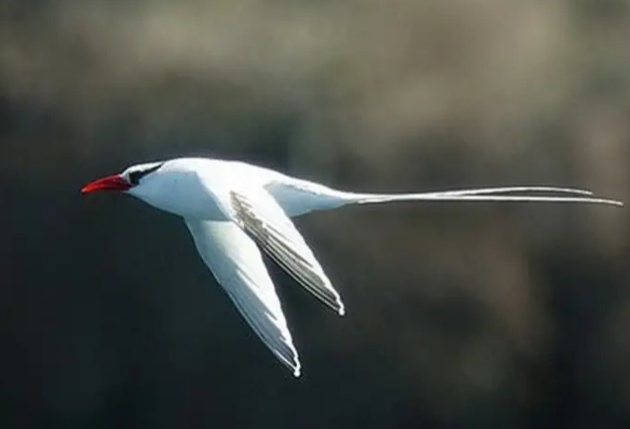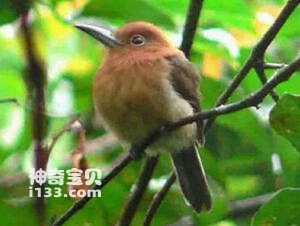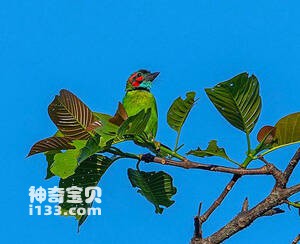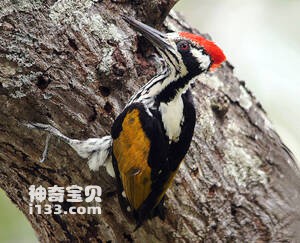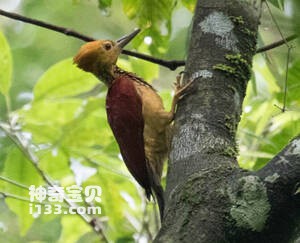Dryobates pubescens
IUCN
LCBasic Information
Scientific classification
- name:Dryobates pubescens
- Scientific Name:Dryobates pubescens,Downy Woodpecker
- Outline:Climbing birds
- Family:
Vital signs
- length:No textual research information is available
- Weight:No textual research information is available
- lifetime:No textual research information is available
Feature
The smallest North American woodpecker
Distribution and Habitat
The pileated woodpecker is found in North America, including the United States, Canada, Greenland, Bermuda, St. Pierre and Miquelon Islands, and the transition zone between North and Central America in Mexico.
The pilepecker was native to Alaska and is now found in Canada and south throughout the southwestern United States. Preferred habitats include forest grounds, parks and courtyards.
Appearance
The pileated woodpecker has a white belly, black back and black neck, and white spots on its black wings. The head has black and white stripes, the tail is short, and the male has red feathers on the head.
Details
The Downy Woodpecker, or Dryobates pubescens, is the smallest woodpecker in North America。
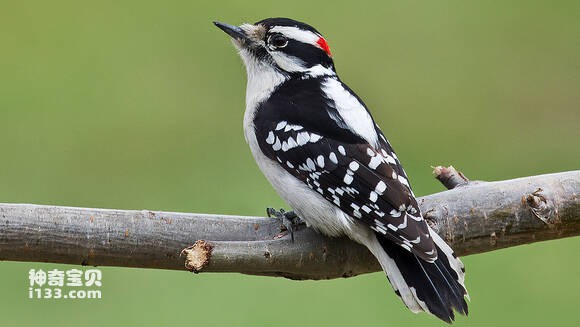
The pileated woodpecker can peck holes about 10cm in size in dead trees, which means that it has a greater range in habitable areas than the larger woodpecker. The woodpecker's diet is mostly insects, and you can easily hear them "tapping" the trees in the spring and summer。

Listed in the International Union for Conservation of Nature (IUCN) ver 3.1:2009 Red List of birds not at risk category.

Protect wild animals and eliminate wild meat.
It is everyone's responsibility to maintain ecological balance
!



